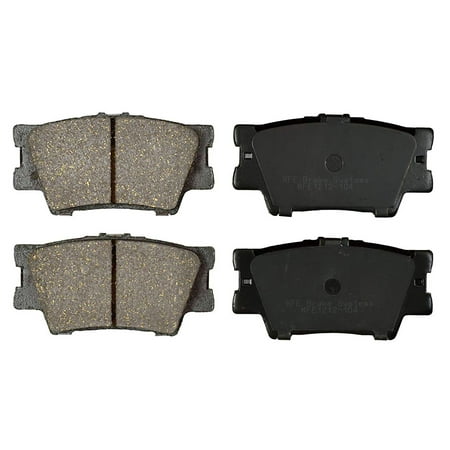GZYF 12 Pcs Disc Brake Caliper Wind Back Tools Kit for Piston Pad Disc Brake Replacement
This set of 12PCS Disc Brake Caliper Tool Brake Rewind Kit Automotive Tool , made of quality carbon steel, is used to replacing brake pads on most domestic and imported 1WD and 4WD vehicles. The set inlcudes Tools and Adapters for Right-Handed Applications, and it can help to Prevent damage happening to brake piston and boot. With a hard plastic storage case, it is easy to carry and storage.Specific:– Brand New And Durable– Perfect For Brake Assemblies– 6 Sizes Of Punches To Choose.– Applicable For Almost All Major Cars– Light-Weight And Easy To Carry With — Winds Back Brake Piston For Replacing Brake Pads– For Both Professionals And Serious DIY Users– Blow Molded Carrying Case For Easy StorageBR>Package Included: 1 x Disc Brake Rewind Kit










Reviews
There are no reviews yet.